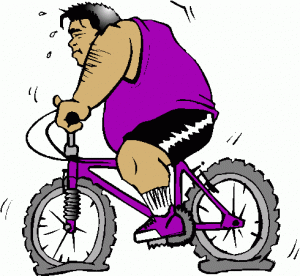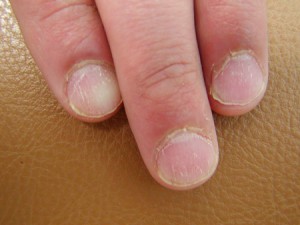Growing Hair in Human Being’s Mouth
Friday, March 26th, 2010One day I was flipping through a publication and came across a case study in which there was found to be hair growing in a person’s mouth. The study was reported by the U.S. National Library of Medicine.
Earlier this year, a female subject was discovered to have, within her mouth, hair growth. It was the type of hair found in human nostrils. Researchers made the point that it was because of the excessive amounts of testosterone in her body. The condition is called oral hirsutism. Lots of diseases and health conditions can affect the body when there is too much testosterone circulating around. According to studies, the principal cause of hirsutism is polycystic ovary syndrome (PCOS).
Some day in the next few decades, lab scientists studying hair follicle growth might be able to take advantage of testosterone to grow hair on men and women scalps, especially for those who are prime candidates for hair loss treatment.
This particular case study has been credited to F. Femiano, R. Rullo, R. Serpico, A. Lanza, V.M. Festa, and G. Laino. At the Second University of Naples, in Naples, Italy.


